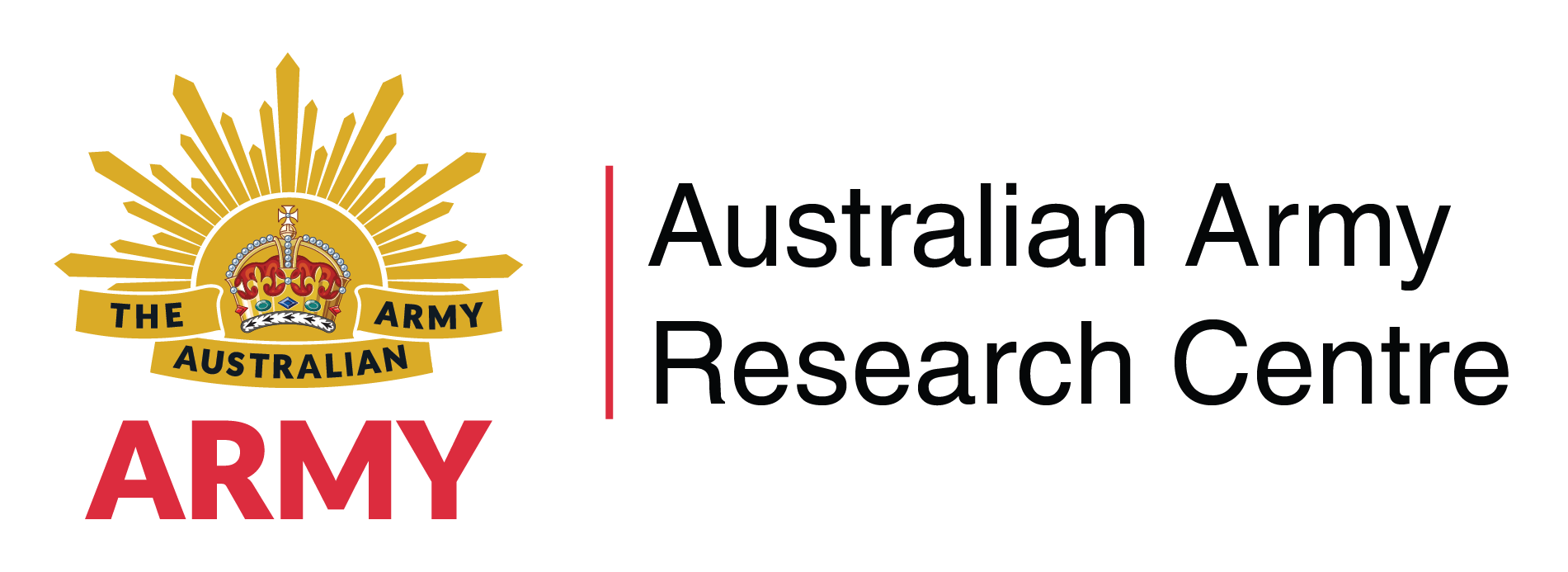Search
Using the filters to the left, click your selection, it will become bold and filter the results, click it again to remove that filter.
The Australian Government’s decision to go to the assistance of the beleaguered government of the Solomon Islands represents an interesting case of a ‘permissive intervention’. Such an intervention may be defined as a situation in which a government requests assistance in restoring order in circumstances where normal governance and the ability to maintain law and order has broken down. Missions of this nature pose particular challenges to civil–military organisation and liaison support. In this respect, we …
In January 2001, Australia responded to a British request for advisers to assist the International Military Advisory Training Team mission in Sierra Leone (IMATT–SL) in its task of rebuilding the newly raised Republic of Sierra Leone Armed Forces (RSLAF) in West Africa. Codenamed Operation Husky , the Australian commitment lasted for two years and consisted of an infantry captain and an infantry major deployed to act as a battalion and brigade adviser respectively. Each contingent deployed for a six-month …
One of the most important challenges facing the Australian Army at the beginning of the 21st century is to ensure that its leaders of the future are appropriately trained and educated to face a military environment that will be uncertain, complex and multidimensional. This article argues that a key leadership and command challenge facing the Army at the beginning of the new century is the integration into the land force of recruits born after 1977—known as the ‘Net Generation’. It is the members of the Net …
Battle implies mobility, strategic and tactical. The Army which seeks to fight another must be able to move quickly against it ... Battle also implies immobilisation of the enemy—the paralysis of his powers of movement so that, in the first place, he may not be able to slip away, and second, that he may not be able to counter your strokes. - B. H. Liddell Hart, Thoughts on War (1944) In an era of early 21st-century strategic ambiguity, the Australian Army faces the challenge of meeting what the 2003 …
The Army of the future will be characterised by the following qualities: extraordinary strategic agility, high-precision lethality and almost omniscient situational awareness. Our present C3 systems will have given way to sophisticated, yet robust, networks of sensors and shooters, seamlessly integrated throughout the battlespace. - Lieutenant General Peter Leahy, AO, Chief of Army 1 Whatever labels we adopt to describe future conflict, the reality of war will be complex and will combine the …
This article reflects a vibrant and ongoing professional debate within the Army’s combat arms, particularly the infantry corps, about appropriate tactics for the close battle in complex terrain. In particular, this essay’s content updates and expands material in a previous article entitled, ‘Rethinking The Basis of Infantry Close Combat’, published in the June 2003 issue of the Australian Army Journal , which suggested that we should attempt to refine our tactical thinking about dismounted close combat. 1 …
* This article is based on a paper delivered in the Deputy Chief of Army’s Occasional Seminar series in Canberra on 2 April 2003. In some ways I feel like an impostor addressing a military audience because I have been warned that the only people whom the armed services take seriously are those with a long line of ancestors who have demonstrated distinguished military service. I can trace my ancestors back on my mother’s side to Charles II, but I am afraid that it is a line that is rather lacking in …
* This article is based on a presentation by Major General Lewis to the United Service Institution of the ACT on 12 November 2003 at the Spender Theatre, Australian Defence College, Weston Creek. Special operations have now become central to the conduct of joint operations in many advanced Western armed forces. However, this was not always the case, and in the past there was frequent disagreement on the resource requirements between Special Forces and their conventional counterparts. When I joined the …
* This article is based on a presentation by Major General Lewis to the Homeland Security Forum on 29 April 2003 at the Sydney Convention and Exhibition Centre. The task of counter-terrorism has sometimes been compared to that of goal keeping in a soccer World Cup final. The keeper may save a hundred shots—relentlessly angled from every direction, height and velocity—aimed at the mouth of the goal, but his professional skill, tenacity and anticipation will pass largely unnoticed by spectators. What the …
In late 2002, the Australian National Headquarters Middle East Area of Operations attached the author as an ADF liaison officer to Third US Army’s Coalition Forces Land Component Command (CFLCC) to support campaign planning for what was to become Operation Iraqi Freedom . The author was embedded (integrated) in CFLCC as a lead planner and this article describes ten observations made during the experience of working in a coalition headquarters. The views outlined are not offered as formal solutions to the …
